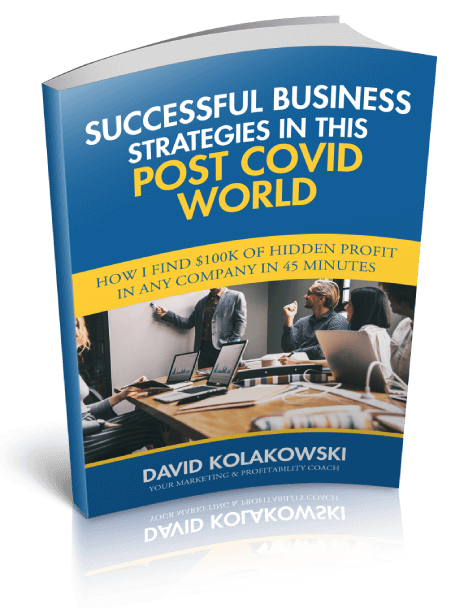In the last post we talked about how to bring the big-company mindset into your business and your team. This will help you overcome the mental obstacles that will keep you from being successful. Now, that you’ve learned how to overcome that, we’re going to talk about who your fish is. It’s important to know about the fish you are looking for before you put a plan together. We’re also going to take a moment to talk about the potential “red tape” you may encounter along the way.
The most important thing to know about your fish is their purchasing habits and procedures. There are four main things you need to work on in order to be successful:
- Responsibilities: You need to know who has influence over purchasing, who does the actual buying and who can kill a deal if they want.
- Get on Their List: You need to know how to get on their list of people to buy from. Your name needs to not only be on the list, but at the top of it and in as many categories as possible for more interaction. Ask about a procurement program and what you need to do to go through the application process.
- Lingo: You need to learn the company’s unique language and communications methods. These could include report names, buzzwords and even the nicknames they have for their employees.
- Fiscal Budgets: It’s essential you know the fish’s fiscal budget, so you know exactly when they are planning their expenses for the year.
Now that we’ve talked a little about what you need to know about your fish, let’s a quick look at the “red tape”.
Bureaucracy might as well be a four-letter word with the emotions it stirs in all of us. “Red tape” is a necessary evil, but one you can use to learn from. There are two ways to learn from their system:
- Analyze their activity.
- Review their correspondence.
Being an outsider looking in can have its advantages too. If you hate dealing with the “red tape”, imagine how their employees feel dealing with it. If they need to crunch some numbers, offer to do it. If they need more info, make sure you are giving it to them in a user-friendly way.
The things we talked about in this lesson will help you prepare for the big approach. If you need help with any of this, try our FREE test drive to find the right tools to get the job done.



